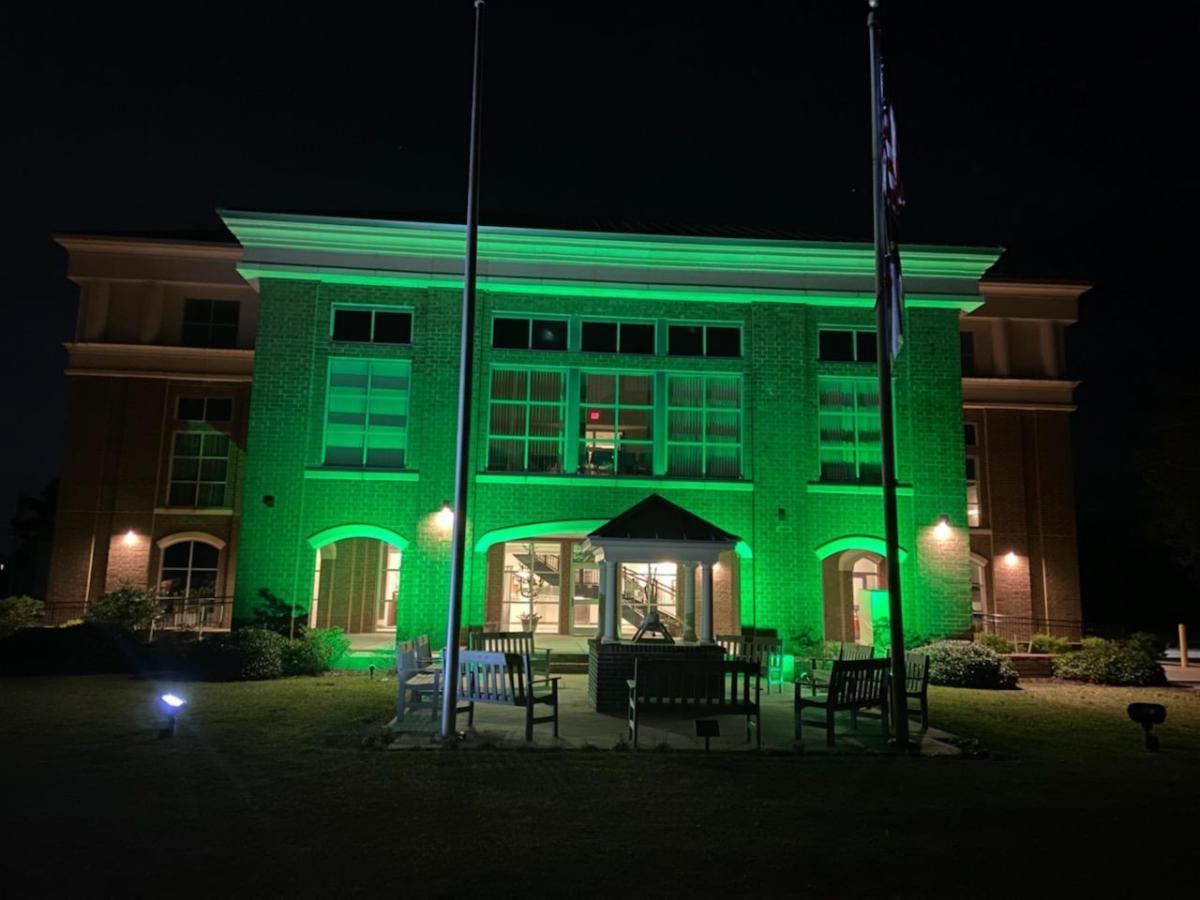The wisdom of the ancestors
Published 6:58 pm Friday, January 24, 2020
Washington has been around for a long time. As have Belhaven, Bath, Chocowinity and Aurora. Settlers came and built homes and lives. They cleared land and built communities. Industry was built on the river, because the river was a provider, not only of food, but of transportation — the means to get anything made here delivered elsewhere; the means to get supplies made oceans away into the hands that needed them here.
Communities grew; towns grew. But it wasn’t until centuries later that homes began cropping up on the banks of the Pungo and Pamlico. In fact, there was a time when very few would build near the water, and if they did, those structures were “camps,” bare bones accommodations built so town residents could trade the heat of summer in the city for wide river breezes in the days of no air conditioning.
Some of those camps still remain. Others have been torn down to make way for the many homes that have been built on the river over the past half century — many homes that have flooded, or run the risk of flooding, when eastern North Carolina gets slammed by hurricanes such as Florence. Other homes may not be on the waterfront, but are prone to flooding. Some are built on low land; others, surrounding development did not account for drainage, and a hard rain will put a foot of water in a yard.
This is all to say that FEMA’s new flood maps are coming, and with their arrival comes change. That change is the result of decades of data, and the result is some Beaufort County properties will be removed from flood zones. There are homeowners who may be breathing a sigh of relief: flood insurance can be really expensive. It seems like a good thing.
But what the FEMA flood maps do not account for is flooding from rainfall. Nor do they account for the impact of climate change. There are many who would argue that climate change does not exist — it’s a hoax, in fact — but no one who’s lived in Beaufort County for a while can argue that the rivers aren’t higher now than they were, say, 40 years. They are, and the flood maps don’t take into account the water could rise even higher in the future.
There are two points to be made here: if your property has ever flooded, yet a new flood map tells you you’re no longer in the flood zone, don’t give up your insurance. That’s just the smart thing to do. The other point is that it’s time for everyone to stop building on land that floods. There’s no stopping the wrath of nature, but we can stop development where no development was ever meant to be — as our ancestors very well knew.




